Get ready to laugh and cringe as we dive into 22 dinner table rules from the 1960s that would totally have today’s kids Googling “What is this sorcery?”
From “no elbows on the table” to “only eat what’s on your plate” (sorry, no customizing your order), these old-school rules are so out of touch, they might as well have come from another galaxy.
1. No Elbows On The Table
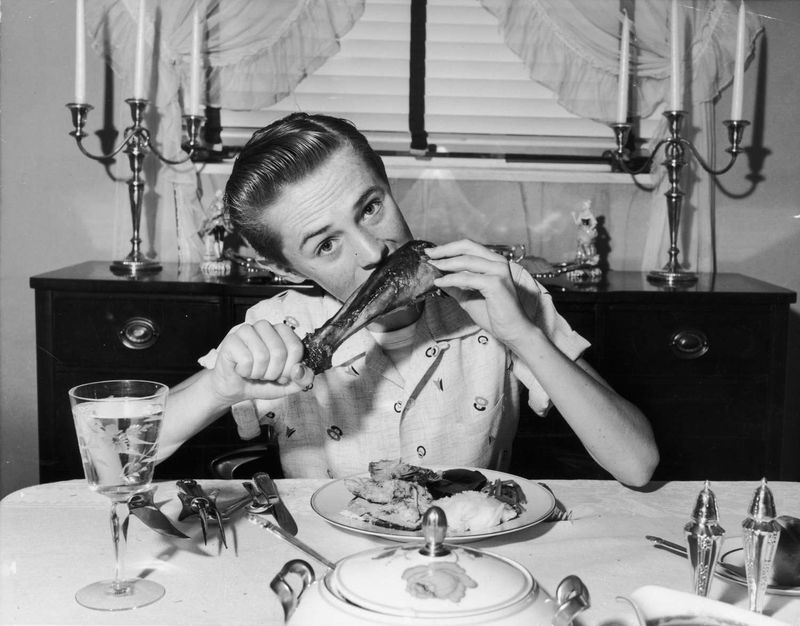
Parents would often scold, “Elbows off!” Ensuring elbows didn’t touch the table was a widely followed mandate. “Why?” kids today might ask. The reason?
It was deemed impolite and a sign of laziness. Imagine the confusion of modern children as they’re told to balance their arms while eating. Could we even manage such coordination now?
2. Wait To Be Seated

If seated before the family leader in the 1960s, you’d be committing a major faux pas! Everyone was expected to wait until the head of the household took their place.
Today, we might wonder, “Where’s the rush?” But back then, it was a sign of respect and order, rules written in the invisible guidebook of etiquette.
3. Ask To Be Excused

In those days, leaving the table without permission was unheard of! Why didn’t we just wander off? Well, you had to politely ask to be excused first. Today’s free-spirited children might balk at this rule.
However, it taught patience and respect for others at the table. Would modern family dinners benefit from such formality?
4. Chew With Your Mouth Closed

Munching with mouths wide open was strictly a no-go! Back then, chewing with your mouth closed was not just a preference but a hard-set rule.
If this were enforced now, how many of us would be caught out? This rule was about respect for others’ dining experiences. Hence, silence was golden, even when chewing!
5. No Phones At The Table

While today’s challenge is keeping phones away, the ’60s had no such issue. Yet, distractions were frowned upon.
Conversations thrived, and eye contact was expected. If young ones today could peer into the past, they might learn the art of undivided attention. It’s a timeless lesson, even if the context has changed.
6. Mind Your Manners

Manners were paramount! Every ‘please’ and ‘thank you’ seemed to weave into the fabric of the meal.
Good behavior wasn’t just appreciated; it was expected. Today’s casual approach might make this seem overly formal, yet it instilled a sense of respect and community. Aren’t these values worth preserving?
7. Pass Food To The Right

Pass it right! A rule that ensured order and fairness. No more reaching across the table, as dishes made their way around in a methodical, clockwise manner.
Imagine the looks of confusion from today’s children! It may seem unnecessary now, but back then, it maintained a harmonious dining experience.
8. No Singing At The Table
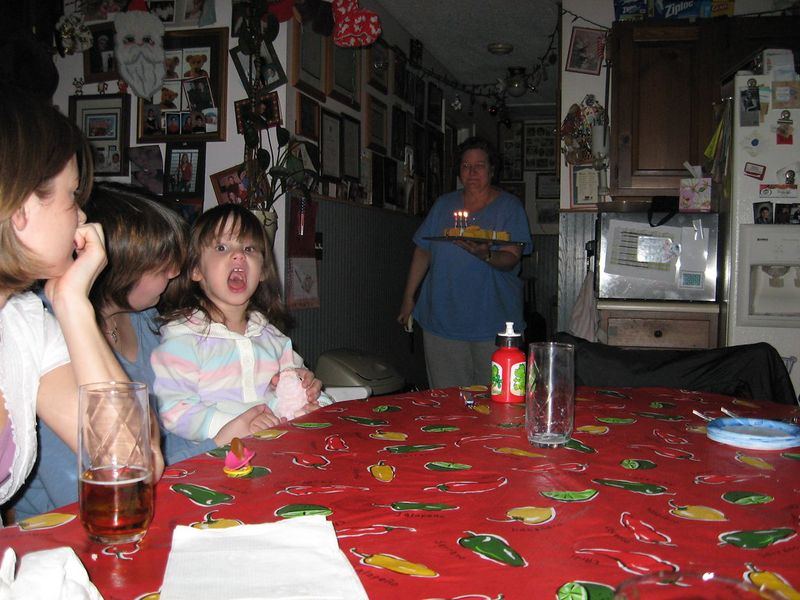
Bursting into song mid-meal? Absolutely not! The rule was clear: no singing at the dining table. This might stifle today’s lively spirits, eager to express themselves.
However, it ensured conversations flowed without interruption. Could we balance spontaneity with respect, or would the melodies overtake our meals?
9. Formal Attire Required
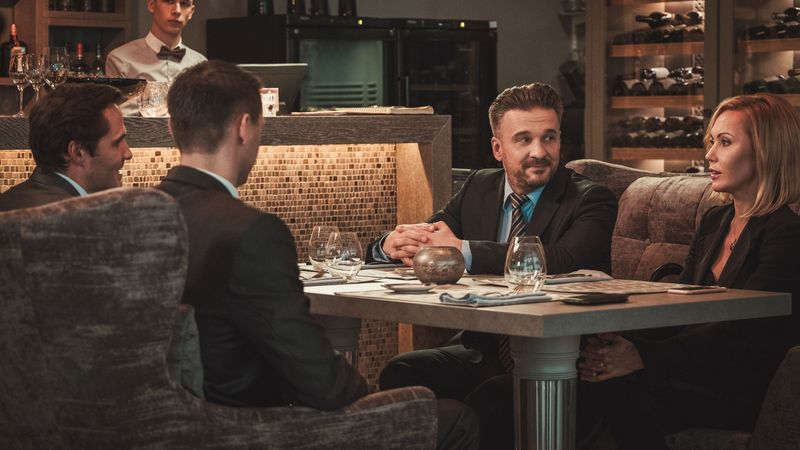
How times have changed! In the ’60s, donning formal attire for dinner was non-negotiable. It wasn’t just about looking good; it was a sign of respect.
We can only imagine the shock on today’s kids’ faces when told they must wear ties or dresses, even during a casual family meal. Would they revolt or comply?
10. Finish Everything On Your Plate

Clean plates were the goal! Every morsel needed to be consumed, reflecting both gratitude and the times’ economic realities.
For today’s kids, this may clash with the idea of eating only until full. Yet, it taught resourcefulness and appreciation. How might this principle stand in a world of abundance and choice?
11. No Talking With Food In Your Mouth

“Swallow first, speak later,” was the mantra. Talking with food in your mouth was akin to impoliteness. Kids today, accustomed to blending conversation with dining, might find this overly strict.
But it was about being polite and making sure that everyone had a good time. At our tables, might we afford to be a bit more patient?
12. Wait For Everyone To Finish

Where’s the fire? In the ’60s, one had to wait for everyone to finish before leaving the table. It fostered a sense of togetherness.
Those accustomed to busy schedules may find it a strain today. It did, however, teach respect and patience. Should we take a little extra time to enjoy our time together?
13. No Feet On The Chair
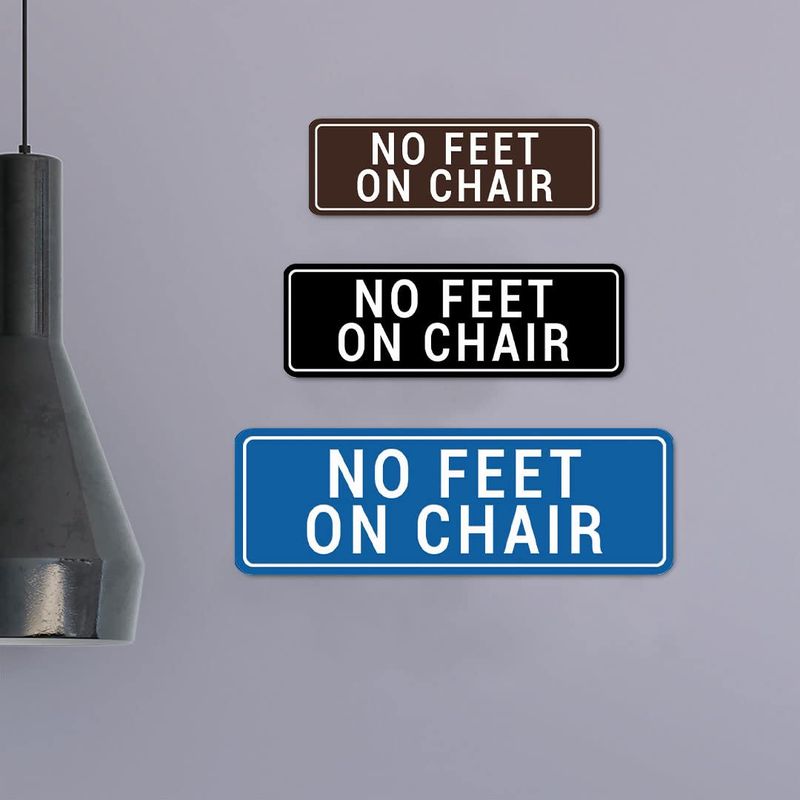
Feet belonged on the floor, not on chairs! This rule was all about respect and posture, instilling discipline. Modern kids might think it’s a bit much, but it encouraged an air of respectability at meals.
Could today’s homes benefit from such simple yet profound guidelines to maintain decorum?
14. Avoid Slouching

How many times did we hear, “Sit up straight”? Slouching was frowned upon as it indicated laziness or disinterest. While keeping proper posture was a show of respect and attentiveness, it may not align with the informal dining style of today.
Is there wisdom in this rule that we’ve overlooked in modern times?
15. Use Proper Utensils
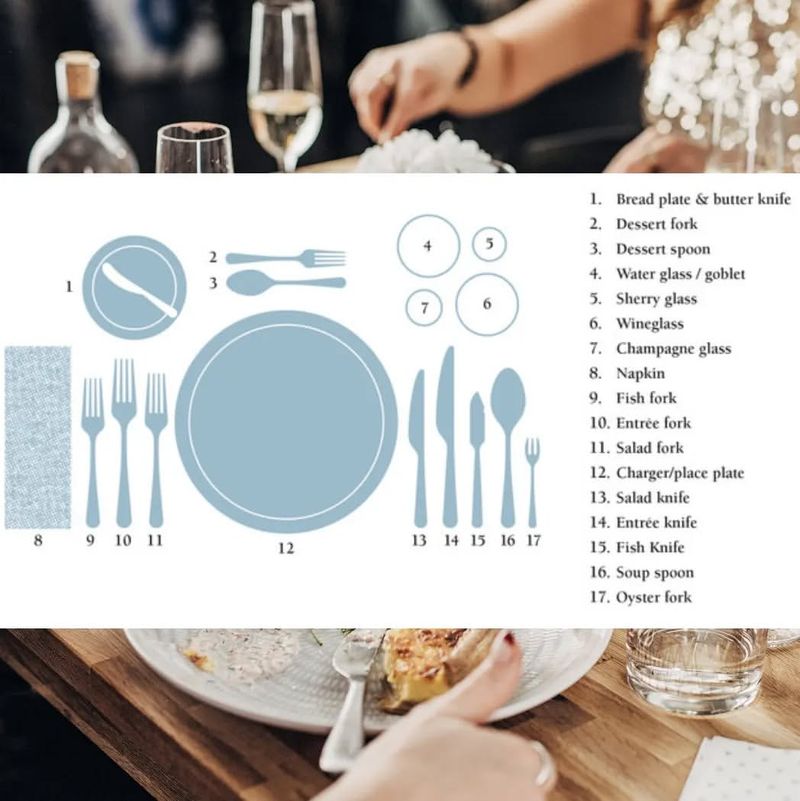
Forks, knives, and spoons—each had their purpose! In the ’60s, knowing which utensil to use was paramount.
Kids today might wonder why such fuss over cutlery. However, it taught elegance and skill. Could we rediscover a bit of that finesse, making meals an event rather than a mere necessity?
16. Respect the Cook
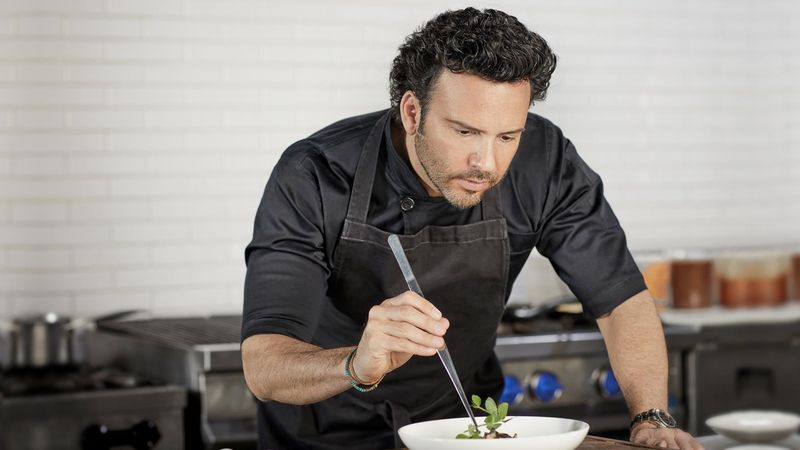
Gratitude reigned supreme! Respect for the cook was a golden rule. Complaining about the meal? Unthinkable. Today, where choice abounds, this might seem outdated.
Yet, it instilled appreciation for effort and love poured into meals. Would today’s dinners taste richer with a sprinkle of gratitude and respect?
17. No Television During Meals

Television time was separate from mealtime. Today’s multitasking world might struggle with this, but dining was about connecting. The absence of TV fostered engagement and conversation.
Would this focused attention help our meals today and strengthen our family ties?
18. Bread And Butter Etiquette

The art of buttering bread was no small matter! In the ’60s, it was done with precision and care. Kids today might see this as an unnecessary ritual.
It did, however, teach attention and patience. Were these small actions able to give our rushed dinners more substance and become occasions to remember?
19. Serve Elders First

Respect your elders! In the ’60s, serving them first was a sign of honor. Today’s egalitarian approach might overlook this tradition, yet it taught reverence and kindness.
Would revisiting such practices bridge generational gaps, fostering a community spirit at our dining tables?
20. Conversation Topics Matter

No politics or religion at the table! Such topics were reserved for another time. Today, open discussions thrive, yet the ’60s taught restraint and tact.
It was about harmonious dining, ensuring all felt comfortable. Could a dash of discretion enhance our conversations, making meals peaceful and enriching?
21. Silence During Dinner
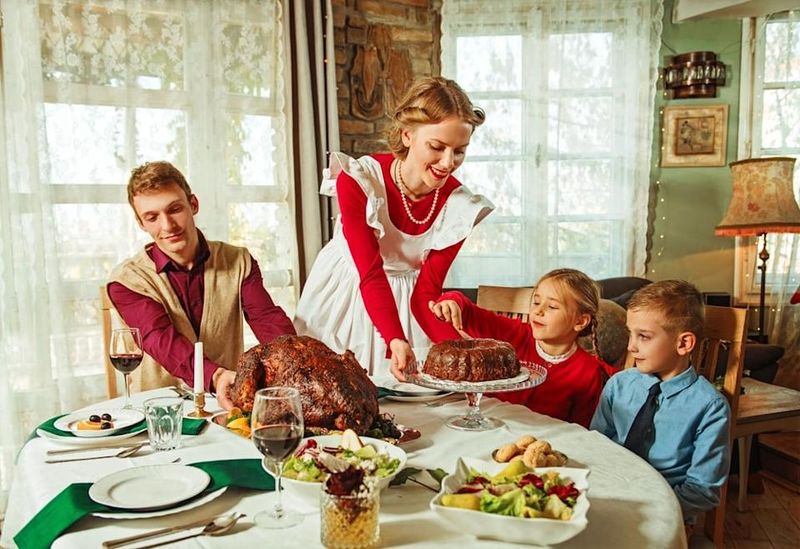
The quiet hum of the 1960s dinner table is accentuated by a rule that stands out today: maintaining silence during meals. While parents and children gathered, conversations were often reserved for after dinner. For some families, meals were a solemn affair, focusing on the act of eating itself. Silence implied respect and concentration on the meal prepared with care.
A quirky historical tidbit: in some homes, gentle music played to fill the silence, emphasizing an atmosphere of tranquility.
22. Posture Enforcement
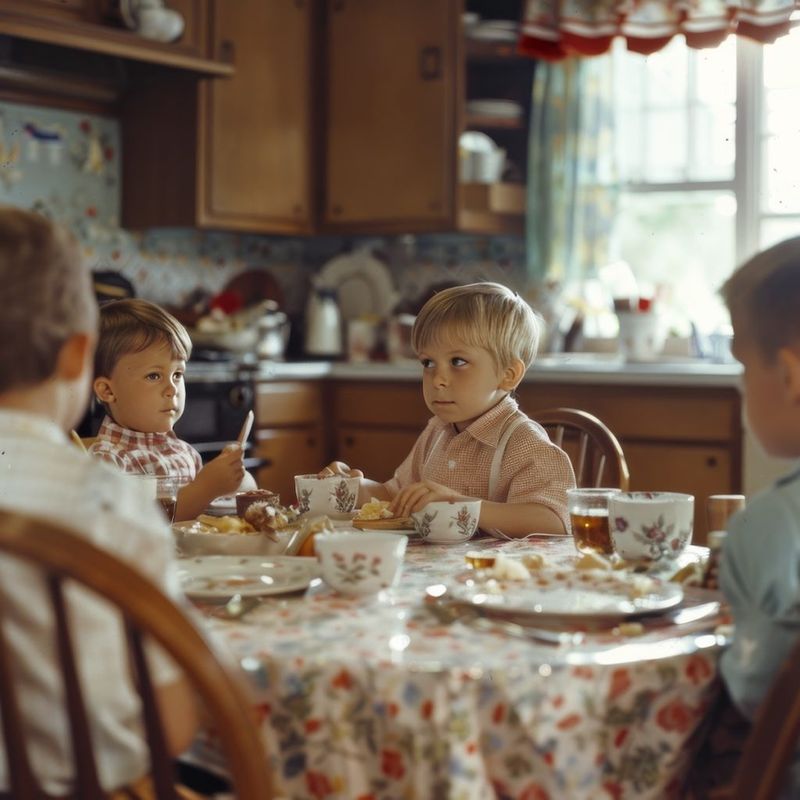
“Sit up straight!” was more than a suggestion at the 1960s dinner table—it was an expectation. Good posture was synonymous with good manners, and slouching was frowned upon. Children were taught that sitting upright demonstrated respect and attentiveness, reflecting a well-mannered upbringing.
Interestingly, this practice was believed to aid digestion and promote better health, adding a practical twist to this strict rule.

